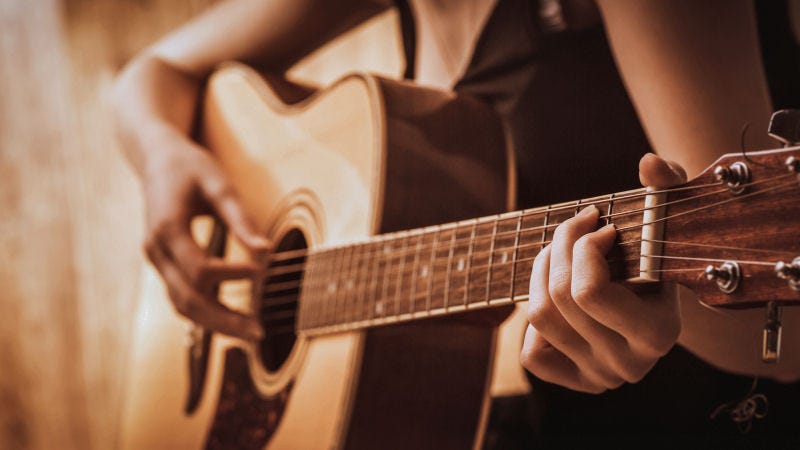Using chords in Parallel and Adjacent Keys.
What are they?
Sharing chords in adjacent keys.
I get asked all the time by my students, "That chord is not in the same key as the song. Where did it come from?" With a simplified explanation, I show the student that chords "borrowed" from other keys, usually come from “adjacent” keys that share common chords.
For example, the key of C major and the key of G major shar…
Keep reading with a 7-day free trial
Subscribe to SoundHole Guitar Lessons to keep reading this post and get 7 days of free access to the full post archives.



